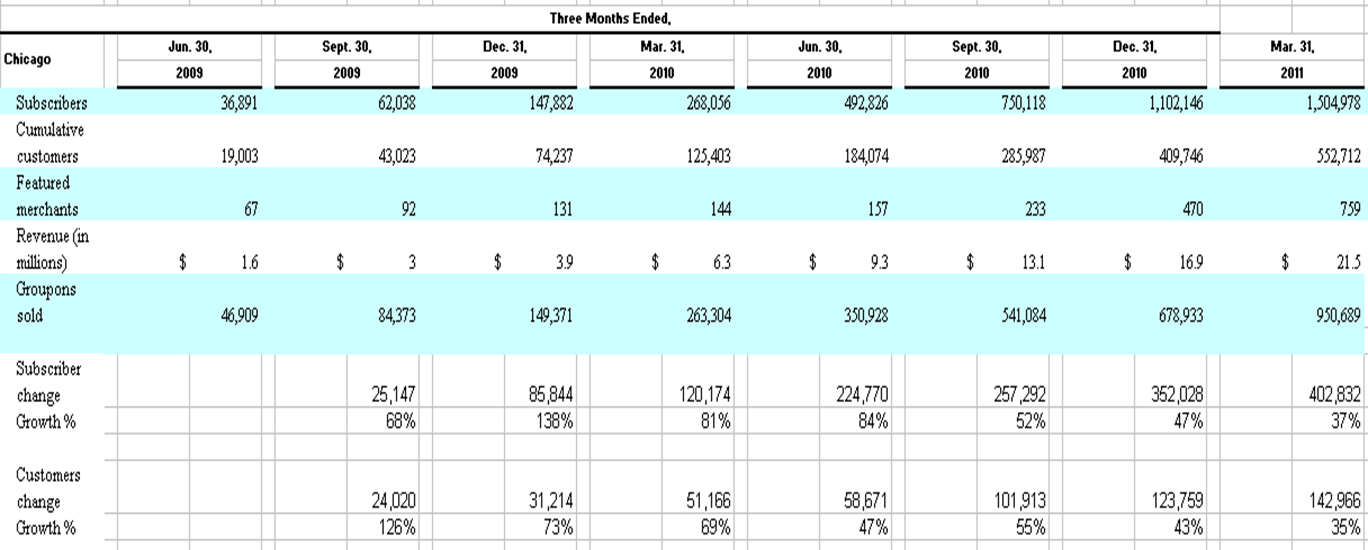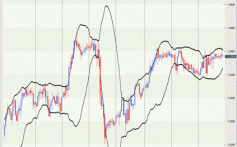Here s Why Groupon s Margins Are So Low
Post on: 16 Март, 2015 No Comment

Follow Comments Following Comments Unfollow Comments
Groupon’s lack of profits has been a long-standing concern among the company’s investors, and this has resulted in more than 60% fall in its stock price since its IPO. The company’s GAAP operating margin was seen at -14.5%, 4.2% and 2.9% for the years of 2011, 2012 and 2013, respectively. During the nine months ended September 2014, the margin further deteriorated by 490 basis points annually to -1.5%.
In this article, we try to assess the key factors behind Groupon’s low margins, by analyzing its operations across different geographies and businesses. We find that, whereas North America, Europe, and the Middle East and Africa are more profitable geographies for the company, its operations across the rest of the world generate significant losses. Though Groupon is trying to reduce losses in the international region by standardizing its best practices globally, we are skeptical that this could result in large-scale improvement in its profitability from the region. Margins within North America and EMEA have also come down recently, due to a decrease in gross profit, coupled with increase in marketing and SG&A expenses. Moreover, we expect these headwinds to persist in the near-term.
Similarly, assessing profitability from a business category perspective, we find that Groupon’s margins are lowest in its goods’ business, which contributes over half of its revenues. Though the company is making efforts to lower its shipping and fulfillment costs, intense competition in the e-commerce market, in all likelihood, will limit margin increase in this segment. Additionally, profits in its local business are also falling, due both to the addition of higher quality, lower take-rate merchants, and to investments to drive growth in the pull marketplace. Finally, we conclude that while the gross margin could continue to decline with an increasing proportion of direct sales, marketing and SG&A expenses as a percentage of revenue could decrease in the future.
Rest Of World Geography Is A Drag On Groupon’s Earnings
Analyzing Groupon’s profits across different geographies, we find that while North America and EMEA regions generate operating profits for the company, its operations across the rest of the world generate operating losses. Groupon pursued international expansion through the acquisition of different businesses, which resulted in several technology platforms and business processes being adopted by the company. This in turn has led to increased expenses. In order to mitigate these losses, Groupon is trying to standardize its best practices globally. These measures have begun to reap results, as the rest of the world geography contributed positive adjusted EBITDA in Q3 2014 for the first time in several quarters. Still, we think that the company will have to do much more over the long-run to achieve meaningful profits from the region.

During the nine months ended September 2014, operating margins in North America and EMEA came down on a year-over-year basis due to a decrease in gross profit coupled with rise in operating expenses. We expect margins in these regions to be impacted by various factors such as a higher proportion of direct sales, a change in the sales mix, and an increase in marketing expenses in the coming quarters.
Goods Business’ Has The Lowest Margin And Its Share In The Overall Business Is Rising
Groupon’s businesses categories include: 1) local business (where it partners with both local and national merchants to offer deals across various categories such as food and drinks, events and activities, beauty and spa, etc.); 2) the goods business (where it provides attractive discounts on product lines including electronics, apparel, jewelry, etc.); and, 3) travel (where it offers travel-based offers such as hotels, airline and package deals).
While the goods’ business contributed for 28% and 32% of overall gross billings in 2012 and 2013, respectively, its share has increased to 39% over the last twelve months (ending with September 2014). The rising share of direct sales as compared to third-party sales in the overall goods’ business has been responsible for this trend. Additionally, this has also impacted gross profit as a % of gross billings in the goods’ business, which has come down from 21% in 2012 to around 11% recently, as direct sales have lower gross margins. Since the goods’ business comprises over 50% of the overall revenues and its share is increasing, we expect this factor to negatively impact gross margins in the future. Groupon’s shipping and fulfillment costs historically have been double the level of other e-commerce businesses. Hence, the company is trying to improve these goods margins by moving additional business to drop-ship status, adding more fulfillment to its own distribution center, and raising the number of units per order. We expect these measures to boost its margins slightly. However, considering the low profitability of e-commerce players such as Amazon, we do not expect Groupon will achieve a large improvement in its goods margins in the near future.














